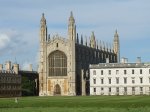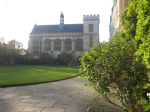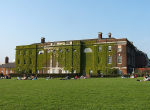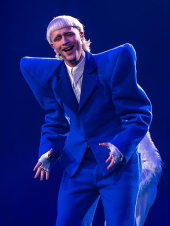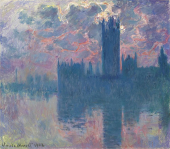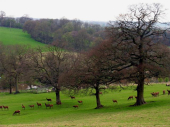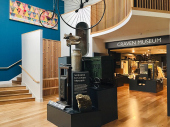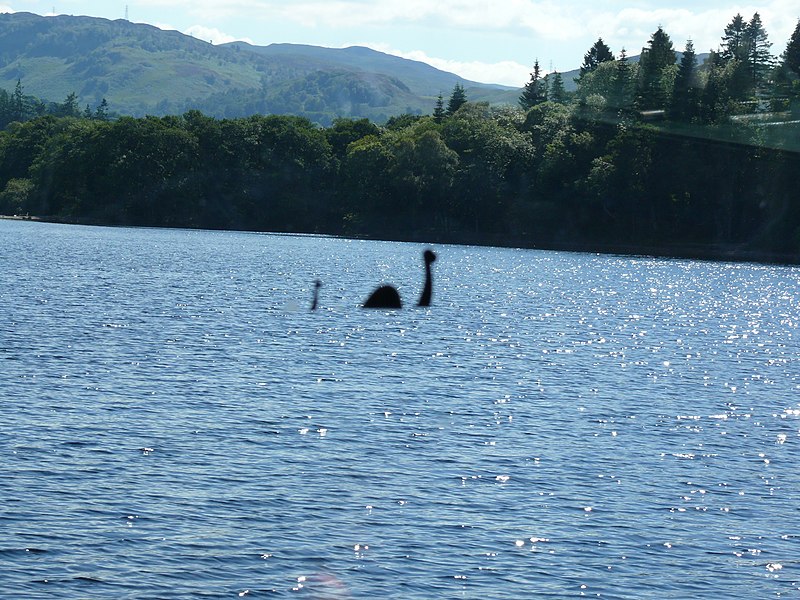
What is being hailed as the most extensive search for the Loch Ness Monster since the early 1970s is scheduled to take place later this month. A team of researchers and volunteers will utilize
advanced technology, including drones equipped with infrared cameras and a hydrophone to detect unusual underwater sounds.
The two-day search, set to occur on 26th and 27th August, is organized by the Loch Ness Centre in Drumnadrochit and a volunteer research team known as Loch Ness Exploration. The initiative aims to inspire a new generation of Nessie enthusiasts and contribute to the enduring mystery surrounding the legendary creature.
According to Alan McKenna from Loch Ness Exploration, participants will be able to make a personal contribution to the investigation of this captivating phenomenon that has intrigued people worldwide.
Unlike previous searches, this effort will incorporate cutting-edge technology to explore the loch's depths. Volunteers' safety is a top priority, and they will receive briefings each morning on suitable viewing points to ensure their well-being while observing the waters from land.
The Loch Ness Investigation Bureau, established in the 1960s to uncover the existence of a large beast in the loch, conducted the most substantial search prior to this upcoming event, back in 1972.
In 2019, scientists attempted to identify the creatures behind the fabled sightings using DNA extracted from water samples. The researchers from New Zealand ruled out the presence of large animals, such as plesiosaurs or sturgeons, which had been hypothesized as potential explanations for the monster's existence.
The legend of the Loch Ness Monster, often affectionately referred to as Nessie, dates back to the Middle Ages, with accounts of encounters with a mysterious creature in the Ness River. Since then, the myth has endured, captivating the imaginations of people worldwide and prompting countless expeditions in search of the elusive beast. Photo by Ad Meskens, Wikimedia commons.













